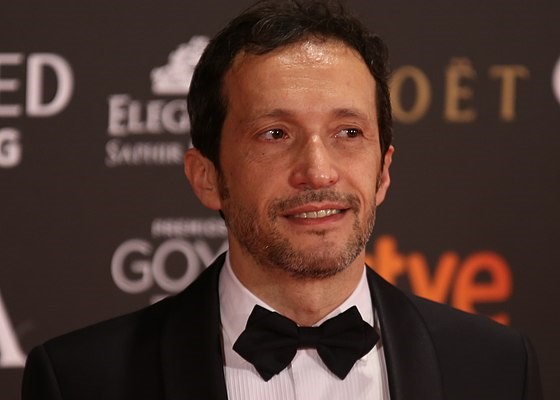Director Salvador Calvo has only made two films yet garnered no fewer than 22 Goya nominations. He receives thirteen of them for his latest film ‘Adú’, the big favourite at the 35th Premios Goya on Saturday 6 March.
As in his first film “Los últimos de Filipinas”, Calvo focuses on a social theme in ‘Adú’. Three different storylines illustrate the drama of migrants from Sub-Saharan Africa who make the crossing to the Spanish coast. Moustapha Oumarou and Zayiddiya Dissou from Benin, French Adam Nourou and Spanish actors Luis Tosar, Anna Castillo and Álvaro Cervantes star.
The film raised more than €6million and is a surprising success with no less than thirteen Goya nominations. It is not often that a film in the social drama genre receives such a high rating from the general public.
Inspired by migrant stories from Canary Islands
While filming his first film ‘1868: Los últimos de Filipinas’ in the Canary Islands, Calvo discovered the tragedies of African migrants. According to him, a film would better portray the situation of these migrants than the reports circulated in the media. The character Adú from the movie of the same name is based on a boy Calvo met in the Canary Islands.
Organ trafficking network
However, the story of this boy does not match the story of Adú in the movie. In reality, the boy had come to the Canary Islands with his mother and two sisters. When members of the refugee committee heard the boy was addressing his alleged mother as “Mrs. Yula,” doubts arose. A DNA test revealed that the woman was indeed not his real mother. The boy was in an organ trafficking network, with the Canary Islands as the epicentre. Here the organs would be removed and resold to other parts of Europe. The children who end up in this network can disappear completely unnoticed from the world after their arrival in Spain.
In ‘Adú’ the eponymous main character (Moustapha Oumarou) from Cameroon gets to know his travel companion Massar (Adam Nourou), who has fled from Somalia. Massar fled from the abuse of his uncle who had also sold one of his kidneys. The film shows how the two traveling through Cameroon, Senegal, Mauritania, Algeria and Morocco eventually reach the coast of Melilla.
Three worlds come together in Adú
“In ‘Adú’ I tell the story of Africans who want to go to Europe (Adú and Massar), of Europeans who need Africa (the Spanish father and daughter) and of the people who try to prevent these two worlds from coming together (the fences at the border crossing and the Guardia Civil). Father and daughter illustrate the problems of people from a welfare country within the context of a developing country. We wanted to map this out without judging them. The African protagonists do not speak each other’s language, but understand each other; father and daughter speak each other’s language, but do not understand each other. Apparently something is going on in our society that is hindering communication. Communication embraces what could be called “the will,” “said Salvador Calvo.
Committed film for a large audience
The fact that the general public appreciates films like ‘Adú’ is Calvo’s greatest reward for his work. The film drew more than a million visitors to the cinema in Spain, while it was a disastrous year for the film industry. “We have shown that with a good story you can make committed films for the general public,” says Salvador Calvo.


